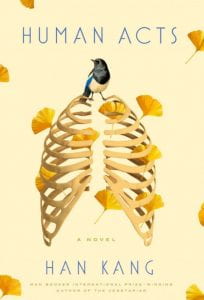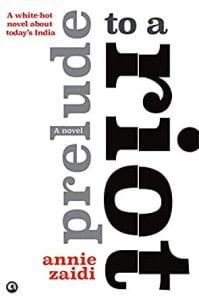My Global Issue: For my individual oral I will be looking at how governments and people in power sometimes fail to protect the interests of the citizens who elected them into power in the first place. I will be looking at works done by Bob Dylan and Ed Wexler, both of whom happen to be American and criticise the American government. That being said, this issue is one we see in so many countries above and beyond the United States.
Making a personal connection to this issue, I see it so prominently in India. The ruling party the BJP, works in the best interest of the Hindu’s in the country. Although it is important to play to the views of the Hindus because they are the majority religion in India, some of their policies are leaving other religious groups vulnerable. For example, the Citizenship Amendment Bill which basically allows for citizenship to be granted to anyone with documentation basically excludes Muslin Indians. Many of them find themselves having to prove their identity as an Indian even though they’ve lived there for generations.
In regards to my authors, Dylan lived through the era of the world wars. He rose to fame post the second world war and Vietnam war and many of his songs draw inspiration from those events. Wexler tends to look more at the current state of politics in America. I shall be exploring the criticisms of the US government during these periods of times.
World War II and Vietnam War: Dylan puts a lot of emphasis on his hatred for America’s motivations in participating in these wars in the first place. A lot of the State’s involvement had to do with fear of ideology and xenophobia when it boiled down to it. America was afraid of communism and German ideals spreading, as if it loved in some social utopia itself. In his song “Talking John Birch Society”, Dylan makes a huge mockery of those who fear the communist without half of a clue what they fear at all.
Then, he moves onto calling out the horrendous actions of the government. The text I have chosen to analyse, “Masters of War” is a commentary of the government using its citizens as leverage points. No child in Vietnam was doing an ounce worth of damage to someone in the United States, yet the citizens were forced to fight the war. He dedicates a whole song, “Only a Pawn in their game” to exploring this issue. Civilians constantly found themselves caught in the crossfire of an issue they did not care about. This can be seen as how America dropped Nuclear bombs on Japan in response to their government, killing thousands innocent civilians in the process.


Trump Administration: Wexler, focusing on a different period of American politics, focuses a lot of his work of the dishonesty and misconduct of the judicial system. Trump runs a campaign the promotes mainly conservative values and beliefs, which of course it is acceptable to hold, but seeing as America has become the icon of freedom and expression, it is much like forcing a failing ideology on its population. For example, the law to ban abortion in several states received severe backlash locally and globally. For a country that came so far in terms of its respect and treatment of women, many people saw that political move by Trump as several steps back in time.
Trump has also made his stance on immigrants and immigration very clear. Not only does he support very close minded ideals, he has also been called out as a racist several times. Even during our current situation with the pandemic, as an international conference the United States tried to coin the virus as “Wuhan Virus”, which was obviously shut down by many countries. He has been exposed for the treatment that Mexican’s face at the borders, with people dying in those conditions. This issue of migration goes all the way back to his first days, making the promise of a wall being built between him and Mexico.


Today’s Practice: I think from my practice today I have finalised my plan for my IO. I realised that my biggest issue is being succinct and making connection to real events. For example when referencing Trump’s selfish ventures, I realised I need to do more research into his company and how they have profited from his election. Apart from that honestly I was very happy with my practice today 🙂













